Description
Dance Science provides a guide to teaching academic work through the disciplines of dance. Teachers looking for an innovative approach to learning academic skills will find this method effective both in the classroom and as a virtual learning experience. From the beginning of life, the young child instinctively moves. The child, born a dancer, wiggles, bounces, touches and responds to the world through movement. Young children learn inherently in this way. We can heighten children’s thinking, learning, and creating when we encourage and teach them to explore concepts through movement, through dance.Dance instruction provides greater awareness to natural movement which, happening spontaneously, might otherwise be over and forgotten quickly. Through dance instruction, we teach body awareness, skill of movement and activity, relationship of self to space and other people, and an awareness of quality of movement. With a dance vocabulary, children explore a wide brand go concepts. They undergo experiences that create the integrated process that is total education. Basic to the learning process, patterns, sequence, time, shape and space, form the language of danceLessons for every elementary age group are included in this book. They are meant to be replicated, not just by dance artists, but by the classroom teacher and homeschool teacher, with or without a dance background. The benefits and possibilities of dance in the classroom outweigh the challenges involved.

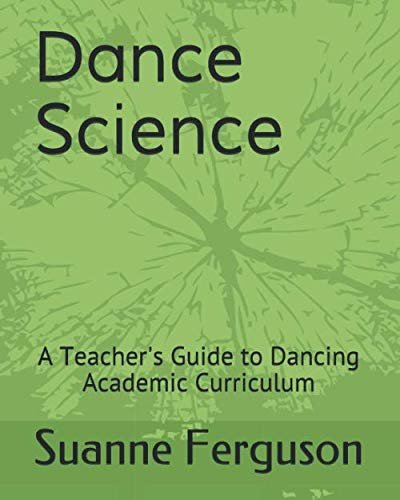





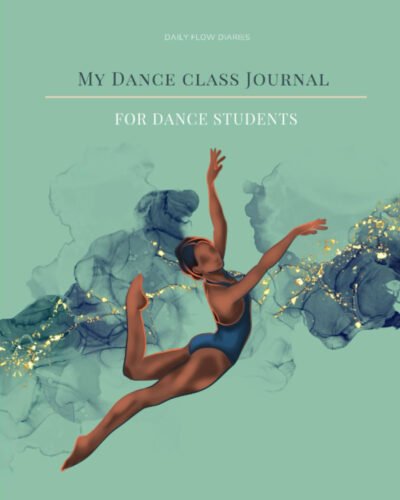
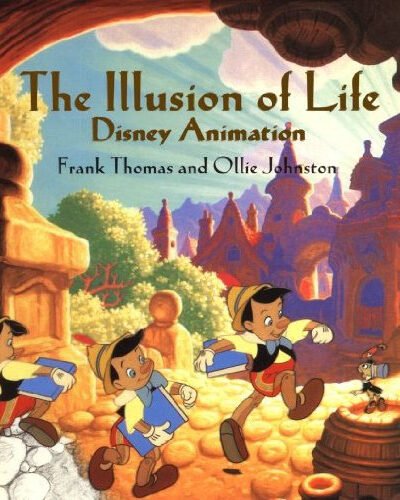

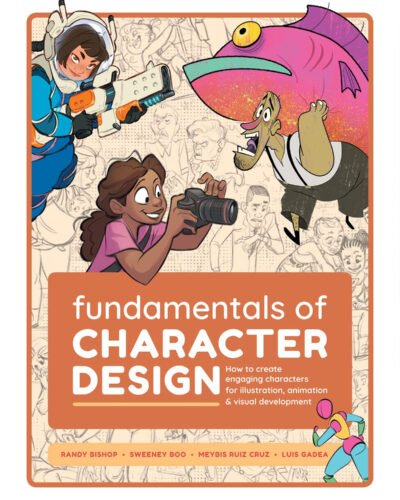
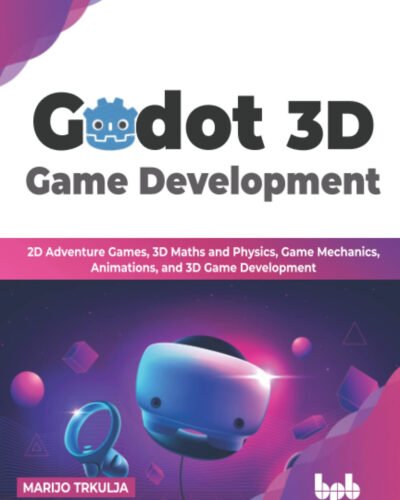

Reviews
There are no reviews yet.